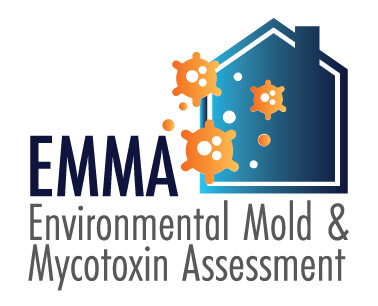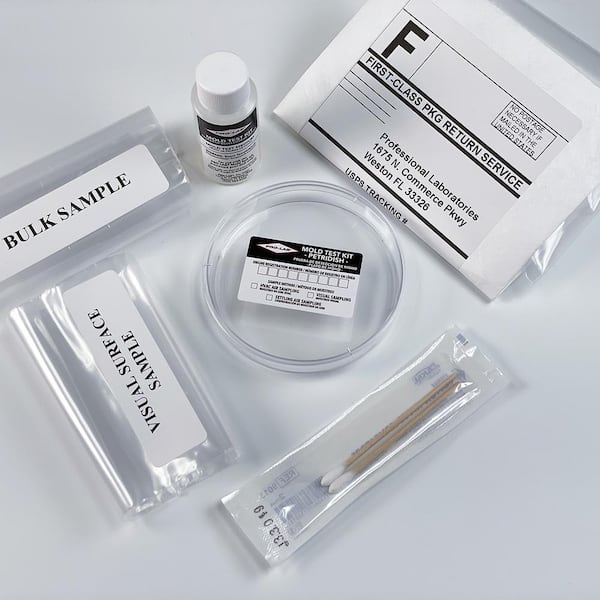Selecting the Right Mycotoxin testing Services for Your Service
Selecting the Right Mycotoxin testing Services for Your Service
Blog Article
Exactly How Mycotoxin Screening Aids Prevent Contamination and Protect Food Materials

Mycotoxin screening is an indispensable technique in the food industry, acting as a frontline protection against contamination by harmful toxic substances produced by mold and mildews. With the application of innovative methods like High-Performance Liquid Chromatography (HPLC) and Fluid Chromatography-Mass Spectrometry (LC-MS), food manufacturers can precisely measure and spot mycotoxin degrees in farming products. This aggressive technique not only guarantees compliance with rigid security regulations however also minimizes health and wellness risks to customers. Normal testing strengthens brand online reputation and monetary wellness by decreasing contamination-related cases. Just how exactly do these screening methods integrate right into the broader food security approach?
Recognizing Mycotoxins
Comprehending mycotoxins starts with identifying that they are poisonous secondary metabolites generated by particular mold and mildews, which can infect farming items. These metabolites are not necessary for the growth or reproduction of the fungi but can have severe implications for animal and human wellness. Mycotoxins are generally discovered in staple crops such as corn, wheat, barley, and nuts, where they can proliferate under particular conditions of moisture and temperature level.
There are numerous kinds of mycotoxins, each generated by different fungal species. Fusarium types generate trichothecenes and fumonisins, both of which are associated with numerous intense and chronic wellness issues.

Dangers of Mycotoxin Contamination
The dangers of mycotoxin contamination are multifaceted, posing substantial dangers to both food security and public health and wellness. Mycotoxins, harmful compounds generated by specific types of fungis, can pollute a variety of farming products consisting of grains, nuts, seasonings, dried fruits, and coffee. As soon as these contaminants penetrate the food supply, they can bring about significant wellness problems such as liver damage, kidney failure, and even cancer. Susceptible populaces, including youngsters, the senior, and immunocompromised people, are specifically at threat.
Financial effects are an additional major worry. Contaminated crops can cause substantial economic losses for farmers and food manufacturers because of reduced returns and the need for expensive purification measures. In addition, international trade can be significantly impeded as nations impose rigorous mycotoxin regulations to safeguard their populaces, leading to declined deliveries and stretched profession relations.
Environmental variables such as climate adjustment exacerbate the threat of mycotoxin contamination. Variants in temperature and moisture can develop favorable conditions for fungal growth, increasing the possibility of contamination occasions. Thus, understanding and mitigating these dangers are vital for guaranteeing the security and stability of worldwide food materials.
Techniques of Mycotoxin Evaluating
Precisely identifying mycotoxin contamination in agricultural products is necessary for protecting public health and wellness and maintaining food safety criteria. Different methods are used to identify and evaluate mycotoxins, each offering certain advantages and limitations.
High-Performance Fluid Chromatography (HPLC) is a commonly used technique because of its high level of sensitivity and precision. It includes separating mycotoxins from various other substances in an example, allowing accurate metrology. In A Similar Way, Fluid Chromatography-Mass Spectrometry (LC-MS) combines fluid chromatography with mass spectrometry to offer comprehensive molecular information, making it specifically beneficial for determining multiple mycotoxins all at once - Mycotoxin testing Services.

Gas Chromatography-Mass Spectrometry (GC-MS) and Thin-Layer Chromatography (TLC) are also used, each with one-of-a-kind applications. GC-MS works for volatile mycotoxins, while tender loving care supplies an easier, cost-effective choice for preliminary screening.
Benefits of Routine Evaluating
Normal testing for mycotoxins in agricultural products supplies various advantages, substantially adding to public health and wellness and food safety. By identifying contamination early, normal testing helps protect against the circulation of hazardous foods, thus reducing the threat of mycotoxin-related illnesses amongst consumers. This proactive strategy not just safeguards human health yet likewise improves the overall quality of food products.
Constant screening likewise sustains regulative compliance. Various countries and areas have developed strict limits for mycotoxin degrees in food and feed. Sticking to these limitations via routine screening makes sure that providers and manufacturers satisfy lawful standards, consequently staying clear of fines and trade obstacles. Maintaining compliance cultivates consumer count on and brand name reputation, which find out here now are important for market success.
Furthermore, regular mycotoxin testing can result in substantial economic advantages. Early detection of contamination permits timely treatment, decreasing prospective losses from extensive contamination. Applying routine screening methods can additionally decrease recall costs and related obligations, which can be economically ravaging.
Moreover, routine testing provides valuable data that can inform better farming techniques and storage space problems. By recognizing patterns of contamination, manufacturers can embrace safety nets, therefore visit the website reducing future threats and adding to the sustainability of the food supply chain.
Implementing Testing Methods
Applying reliable mycotoxin testing protocols is essential for making certain the safety and security and high quality of agricultural products. Developing a robust testing structure includes multiple key actions, beginning with the identification of potential contamination points within the manufacturing and supply chain. This includes pre-harvest, post-harvest, storage, and circulation phases. Each phase has to be inspected to identify where mycotoxin contamination is more than likely to take place.
Once crucial control factors are recognized, choosing appropriate screening methods is necessary. Common strategies include enzyme-linked immunosorbent assay (ELISA), high-performance liquid chromatography (HPLC), and mass spectrometry (MS) Each technique has its strengths and weaknesses; hence, choosing the right one depends on the particular mycotoxin being examined, the required level of sensitivity, and available resources.

Last but not least, integrating the screening procedures into a detailed food safety monitoring system is recommended. This boosts traceability and allows swift restorative actions when contamination is found, therefore securing the integrity of the food supply chain.
Final Thought
Mycotoxin testing is necessary in avoiding contamination and guarding food materials by making it possible for early discovery of hazardous contaminants produced by mold and mildews in agricultural items. Advanced methods such as HPLC and LC-MS make sure conformity with safety guidelines and shield consumers from health and wellness threats. Regular testing boosts brand track record, economic security, and rely on food security i thought about this by decreasing contamination-related losses and maintaining high requirements in food manufacturing. Applying rigorous testing procedures is hence important for the market's total health.
Mycotoxin testing is a crucial practice in the food industry, offering as a frontline protection versus contamination by dangerous contaminants created by molds. An integrated method involving agricultural techniques, storage space administration, and regular testing can reduce the risks linked with mycotoxin contamination, making certain food safety and security and public health and wellness.
The dangers of mycotoxin contamination are multifaceted, posing substantial dangers to both food security and public health.Normal screening for mycotoxins in agricultural products offers countless advantages, substantially contributing to public wellness and food security.Mycotoxin testing is crucial in protecting against contamination and protecting food supplies by making it possible for early discovery of unsafe toxic substances produced by mold and mildews in agricultural items.
Report this page